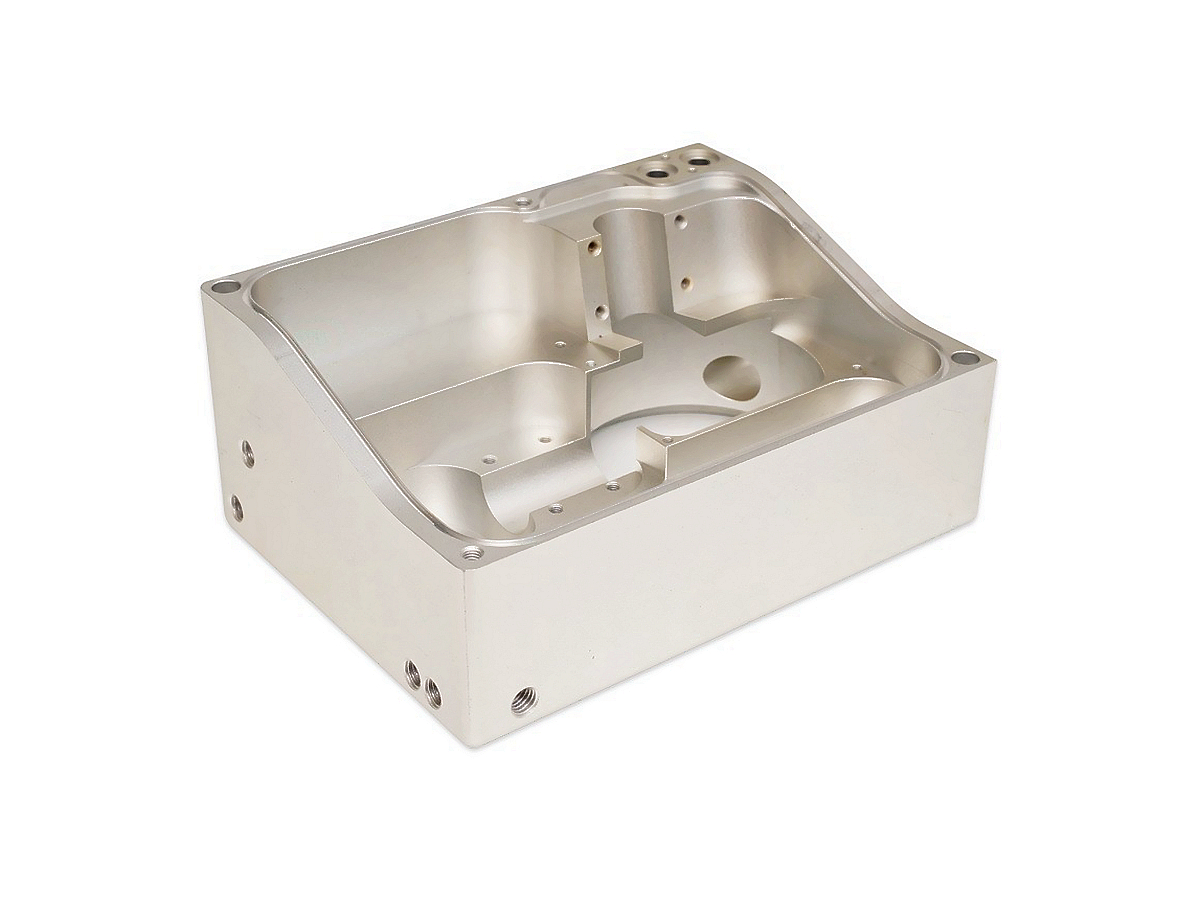Enhancing Nuclear Equipment Manufacturing with Multi-Axis CNC Machining of Stainless Steel
Precision Engineering for Nuclear Safety and Reliability
Nuclear power systems demand components that withstand extreme radiation, high pressures, and corrosive coolants. Multi-axis CNC machining services enable stainless steel parts like reactor internals and coolant pumps to achieve ±0.003mm tolerances, critical for ASME III and ISO 19443 compliance. Due to their radiation resistance and longevity, austenitic stainless steels now constitute 80% of nuclear-grade components.
The transition to Generation IV reactors has driven demand for 5-axis simultaneous machining in stabilized grades like SUS321 and SUS347. From control rod drive mechanisms to steam generator tubes, precision CNC ensures leak-proof joints and surface finishes below Ra 0.2μm, reducing maintenance downtime by 40% in 60-year plant lifespans.
Material Selection: Nuclear-Grade Stainless Steels
Material | Key Metrics | Nuclear Applications | Limitations |
|---|---|---|---|
485 MPa UTS, PREN >30 | Reactor coolant pipes, valve bodies | Requires electropolishing for crevice corrosion resistance | |
515 MPa UTS, Ti-stabilized | Heat exchanger tubes | Limited to <425°C in acidic environments | |
485 MPa UTS, 18% Cr content | Fuel handling systems | Sensitive to chloride stress corrosion | |
620 MPa UTS, Nb-stabilized | Reactor pressure vessel internals | High tool wear during machining |
Material Selection Protocol
Primary Loop Components
Rationale: SUS316L minimizes intergranular corrosion in borated water when electropolished to Ra 0.1μm.
High-Temperature Zones
Logic: SUS347 resists sensitization up to 600°C, maintaining ASME III mechanical properties post-welding.
Radiation Environments
Strategy: SUS321 with low-cobalt certification reduces long-term activation risks.
Multi-Axis CNC Process Optimization
Process | Technical Specifications | Nuclear Applications | Advantages |
|---|---|---|---|
0.002mm positional accuracy, 15,000 RPM | Complex reactor core grids | 75° undercut capability for neutron reflector channels | |
50:1 L/D ratio, 0.005mm straightness | Fuel rod guide tubes | Maintains 0.01mm/m straightness over 3m lengths | |
Ra 0.1μm, ±0.001mm flatness | Pump shaft sealing surfaces | Achieves helium leak rates <1×10⁻⁹ mbar·L/s | |
0.2mm end mills, 0.005mm stepover | Control rod drive mechanisms | Creates <5μm tolerance flow channels |
Process Strategy for Steam Generator Tubesheets
Rough Machining: Ceramic inserts remove 70% of material from SUS321 forgings.
Stress Relief: 600°C stabilization annealing per ASME SA-240.
5-Axis Finishing: Diamond-coated tools achieve Ra 0.08μm on 5,000+ tube holes.
Surface Treatment: Passivation in 20% nitric acid for ISO 3651-1 compliance.
Surface Engineering: Nuclear-Grade Treatments
Treatment | Technical Parameters | Nuclear Benefits | Standards |
|---|---|---|---|
Ra 0.05-0.1μm, 20-50μm material removal | Eliminates crevice corrosion initiation sites | ASTM B912 | |
Residual stress >500MPa, depth 1.5mm | Extends fatigue life by 300% | ASME B&PV Section III | |
1,200°C/100MPa, 99.99% density | Heals internal defects in castings | ASTM F3055 | |
50μm FeAl coating, 900°C resistance | Protects against liquid metal corrosion | NUREG-1801 |
Coating Selection Logic
Primary Coolant Systems
Solution: Electropolished SUS316L reduces biofilm adhesion by 90% in PWR environments.
Reactor Vessel Internals
Method: Laser peening introduces compressive stresses to mitigate stress corrosion cracking.
Quality Control: Nuclear Certification
Stage | Critical Parameters | Methodology | Equipment | Standards |
|---|---|---|---|---|
Material Traceability | Heat number tracking from melt to part | RFID tagging system | Siemens Simatic RF600 | 10 CFR 50 Appendix B |
NDE | 0.1mm flaw detection | Phased array UT + penetrant testing | Olympus Omniscan MX2 + Magnaflux | ASME V Article 4 & 6 |
Dimensional Metrology | 0.001mm bore cylindricity | Laser tracker + CMM | Leica AT960 + Hexagon Global Elite | ISO 10360-2 |
Cleanliness | ≤0.1mg/cm² particulate contamination | Gravimetric analysis | Sartorius CPA225D | ISO 8501-1 |
Certifications:
ASME NQA-1 compliant quality assurance program.
ISO 19443 nuclear-specific quality management.
Industry Applications
Reactor Pressure Vessels: SUS347 core baffles with 5-axis machined bolt holes (±0.003mm).
Coolant Pumps: SUS316L impellers + electropolishing (Ra 0.08μm).
Control Rods: SUS321 drive mechanisms with HIP treatment.
Conclusion
Precision multi-axis CNC machining services enable nuclear OEMs to achieve 60-year design life targets while reducing manufacturing costs by 25%. Integrated one-stop manufacturing ensures full compliance with ASME III and NRC 10 CFR 50 requirements.
FAQ
Why is SUS316L preferred for primary coolant systems?
How does laser peening prevent stress corrosion cracking?
What certifications are mandatory for nuclear components?
Can CNC machining meet NRC cleanliness requirements?
How to validate long-term radiation resistance?

